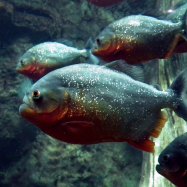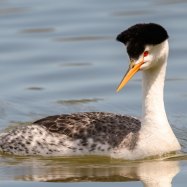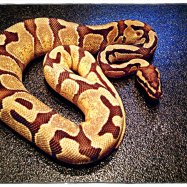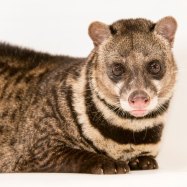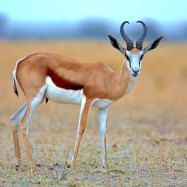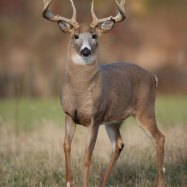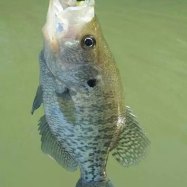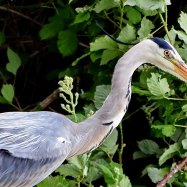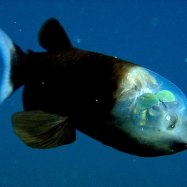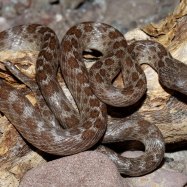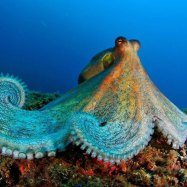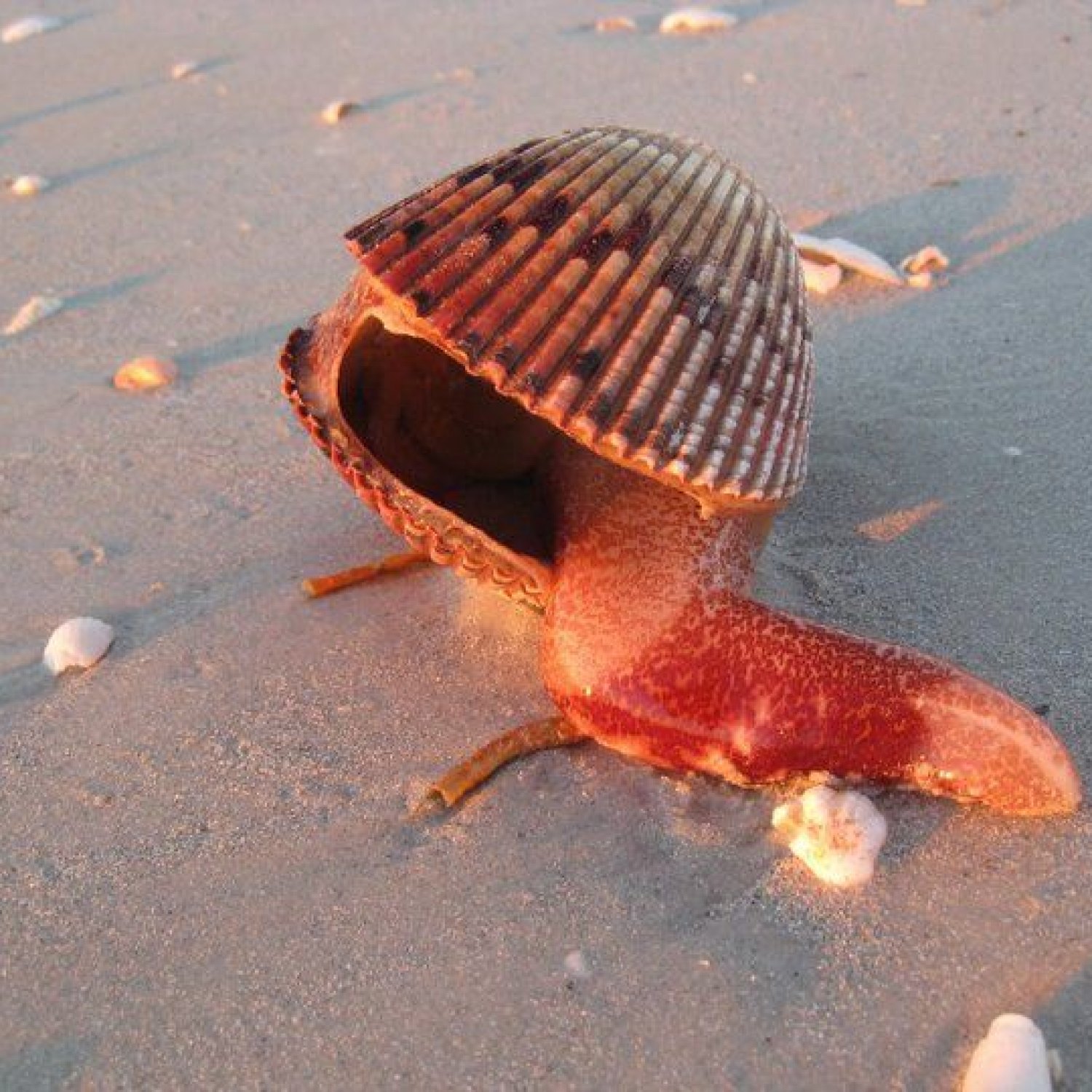
Cockle
3.5-5 cm
The tiny but mighty cockle can be found on sandy or muddy shores around the world. With a length of 3.5-5 cm and a rounded, symmetrical body, they belong to the Cardiidae family. Keep an eye out for these adorable creatures during your beach walks. #animals #cockle #beach #SandyShores #muddyshores #Cardiidae #naturelovers.
Animal Details Summary:
Common Name: Cockle
Kingdom: Animalia
Habitat: Marine
The Fascinating World of Cockles: Unveiling the Mystery Behind this Common Bivalve
From the sandy and muddy shores of Europe, a small mollusk reigns supreme. With its unique body shape, round and symmetrical, and its distinctive coloration of grey or brown, the Cockle is a bivalve that is often overlooked and underestimated.But do not be fooled by its common appearance, the Cockle, scientifically known as Cerastoderma edule, is an intriguing creature that belongs to the Animalia kingdom, Phylum Mollusca, Class Bivalvia, Order Veneroida, and Family Cardiidae. In this article, we will delve into the fascinating world of Cockles, exploring their habitat, feeding method, distribution, and more Cockle.
The Home of the Cockle
As a marine animal, Cockles are found in the coastal areas of Europe, predominantly in the North Sea, Baltic Sea, and Mediterranean Sea. These bivalves are commonly found in sandy or muddy habitats, typically in shallow waters near the shore.Their preferred habitat is crucial for their survival. They are filter feeders, meaning they consume microscopic organisms by filtering water through their gills. Their sandy or muddy environment provides an ample supply of food, as well as protection from predators.
The Secret Behind their Filter Feeding Method
Cockles are highly efficient filter feeders, using their unique body structure to their advantage. They have two hinged shells, or valves, which they can open and close using their adductor muscles. The bottom valve is slightly concave, while the top valve is more convex. This shape allows the Cockle to burrow into the sand or mud, using its foot to anchor itself in place Corn Earworm.Once in position, the Cockle extends its siphons out of the shell, through which it draws in water. The water passes through specialized gills, which trap food particles, and then exits through a second siphon. This process is repeated continuously, allowing the Cockle to feed and thrive.
A Coastal Icon: The Geographical Distribution of Cockles
One of the most intriguing aspects of Cockles is their geographical distribution. They are native to Europe, but have been introduced to other parts of the world, such as Australia, New Zealand, and the United States. In these regions, they have been able to establish themselves and thrive due to their resilience and ability to adapt to different environments.Within Europe, Cockles are found along the coastlines of the Mediterranean Sea, North Sea, and Baltic Sea. They are also commonly found in estuaries and lagoons, as well as on rocky shores.
The Life of a Cockle: From Egg to Adult
Cockles are bivalves, meaning they have two shells connected by a hinge. These shells provide protection and act as a framework for the Cockle's body. When they hatch from their eggs, which are laid in sandy or muddy patches, Cockles are tiny larvae known as veligers. At this stage, they have a small shell and can swim freely in the water.As the veligers grow, they eventually settle onto the seabed and begin to develop into their adult form. During this process, their shells grow and harden, and they develop their unique body shape and siphons. Cockles have a relatively short lifespan, with most living only 2-3 years.
The Impact of Humans on Cockle Populations
Unfortunately, the population of Cockles has been affected by human activities, specifically overfishing. These bivalves are commercially harvested for food, and many countries have regulations in place to manage and protect the Cockle population.In recent years, climate change has also had an impact on Cockles. Rising water temperatures and ocean acidification have resulted in changes to their behavior and physiology, making them more susceptible to diseases and limiting their ability to reproduce.
The Lesser-Known Facts About Cockles
While Cockles may seem like common creatures, there is much more to them than meets the eye. Here are some lesser-known facts about these intriguing bivalves:- Cockles have a fascinating reproductive system called sequential hermaphroditism. When they reach maturity, they are male and produce sperm. As they age, they change their sex and become female, producing eggs.
- Cockles have a unique adaptation called a pedal gape. This is a small opening in the middle of the Cockle's foot, which allows them to expel sand and debris from their burrow.
- Cockles have a mutualistic relationship with lugworms. The lugworms create burrows in the sand, which provide the Cockles with a stable habitat. In return, the Cockles produce feces, which the lugworms feed on.
In Conclusion
The Cockle may seem like a simple and unremarkable creature, but upon closer inspection, it reveals a complex and intriguing world. From its efficient filter feeding method to its unique body shape and coloration, the Cockle is a testament to the wonders of nature.But as with all living creatures, the Cockle faces threats from human activities and environmental changes. It is important for us to understand and appreciate these animals, and to take steps to protect and preserve their habitats for future generations to enjoy. So next time you see a Cockle on the beach, take a moment to appreciate the remarkable creature that it is.

Cockle
Animal Details Cockle - Scientific Name: Cerastoderma edule
- Category: Animals C
- Scientific Name: Cerastoderma edule
- Common Name: Cockle
- Kingdom: Animalia
- Phylum: Mollusca
- Class: Bivalvia
- Order: Veneroida
- Family: Cardiidae
- Habitat: Marine
- Feeding Method: Filter feeder
- Geographical Distribution: Coastal areas of Europe
- Country of Origin: Europe
- Location: Sandy or muddy shores
- Animal Coloration: Grey or brown
- Body Shape: Rounded and symmetrical
- Length: 3.5-5 cm
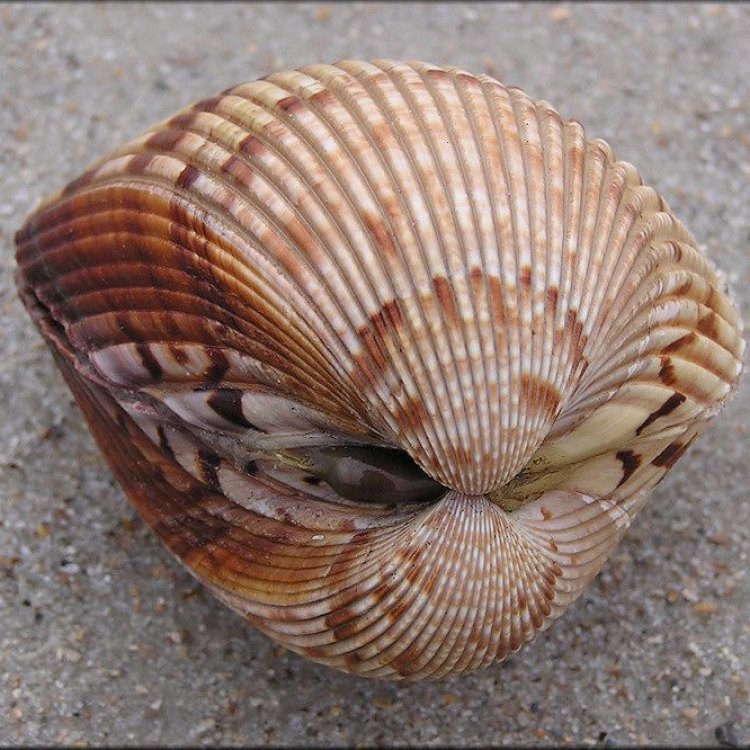
Cockle
- Adult Size: Up to 9 cm
- Average Lifespan: 10-15 years
- Reproduction: Sexual
- Reproductive Behavior: Broadcast spawning
- Sound or Call: None
- Migration Pattern: Non-migratory
- Social Groups: None
- Behavior: Burrows in sand or mud
- Threats: Overfishing, habitat destruction, pollution
- Conservation Status: Least Concern
- Impact on Ecosystem: Important for sediment turnover, food source for birds and other animals
- Human Use: Harvested for food
- Distinctive Features: Two symmetric shells with pronounced ridges
- Interesting Facts: Cockles are able to jump using their foot to dig into the sand or mud
- Predator: Birds, crabs, and fish
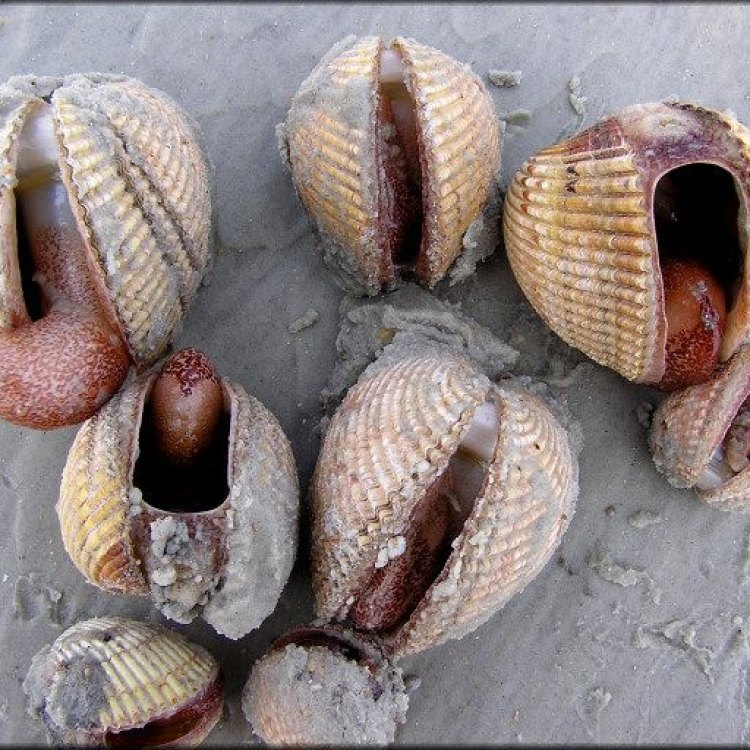
Cerastoderma edule
The Fascinating World of Cockles: A Small but Vital Creature
Imagine walking along a pristine beach, feeling the warm sun on your skin and the soft sand between your toes. As you approach the water's edge, you spot small, smooth shells scattered amongst the sand. You bend down to get a closer look and realize that these are cockles.Cockles are small but fascinating creatures that inhabit many coastal areas around the world PeaceOfAnimals.Com. They may seem insignificant at first glance, but they play a crucial role in the ecosystem and have a long and storied history of human use. In this article, we will dive into the world of cockles, exploring their unique features, behaviors, and the impact they have on our planet.
Size and Lifespan
Cockles belong to the bivalve family, which includes clams, mussels, and oysters. They can typically grow up to 9 cm in length, making them relatively small compared to other bivalves. However, what they lack in size, they make up for in numbers. These animals can be found in large colonies, with hundreds of individuals living in close proximity to each other.On average, cockles have a lifespan of 10-15 years. This may seem like a short time compared to some other marine animals, such as sea turtles that can live for over 100 years. However, for a small creature like the cockle, this is a respectable lifespan Cactus Mouse.
Reproduction and Behavior
Cockles have a unique way of reproducing known as broadcast spawning. This means that they release their eggs and sperm directly into the water, where fertilization occurs. This type of reproduction is necessary for species survival, as it allows for genetic diversity and widespread dispersal of offspring.But what makes cockles even more fascinating is their reproductive behavior. Unlike many other bivalves, they do not have separate sexes. Instead, each individual is hermaphroditic, meaning they have both male and female reproductive organs. This gives them the ability to self-fertilize if needed, increasing their chances of successful reproduction.
In terms of behavior, cockles are not highly social creatures. They prefer to spend most of their time burrowing in the sand or mud, where they are safe from predators and the harsh elements of the ocean. However, during the breeding season, they come to the surface to release their eggs and sperm, creating a spectacular display of underwater fireworks.
Distinctive Features
One of the most distinctive features of cockles is their two symmetric shells. These shells are smooth, shiny, and have pronounced ridges running along their length. These ridges not only give the shells a unique appearance but also allow for better burrowing in the sand. Cockles use their muscular foot to dig into the sand or mud, pulling their entire body in and creating a tight seal to protect themselves from predators.Unlike some other bivalves, cockles do not have a powerful muscle for closing their shells. Instead, they rely on the pressure of the surrounding water to keep their shells tightly closed. This is why you will often see them hiding just below the water's surface, where the pressure is the strongest.
Interesting Facts and Predators
In addition to their distinctive shells, there are many other interesting facts about cockles that make them unique. For example, they are one of the few marine animals that are capable of jumping. Using their powerful foot, they can dig into the sand or mud and then quickly release, propelling themselves upwards and allowing them to escape predators. This is a remarkable skill and one that is vital for their survival.Speaking of predators, cockles have quite a few threats in their natural environment. Birds, such as gulls and terns, are the most common predators of cockles. They use their sharp beaks to dig through the sand and extract the cockles from their burrows.
Other enemies include crabs and various fish species. These predators crack open the cockle's shell with their strong mandibles, revealing the soft and tasty flesh inside. However, humans are also a significant threat to cockles. Overfishing, habitat destruction, and pollution are the main reasons for their declining population numbers in some areas.
Importance and Impact on the Ecosystem
Although they may seem small and insignificant, cockles play a crucial role in the ecosystem. They are an essential part of the food chain, serving as a food source for many animals, including birds and fish. These animals rely on cockles for sustenance, making them vital for their survival.Furthermore, cockles are also essential for sediment turnover. As they burrow in the sand and mud, they mix and aerate the sediment, allowing for better circulation of nutrients. This process is crucial for maintaining a healthy ecosystem and providing a suitable environment for other marine life.
Human Use and Conservation Status
For centuries, humans have harvested cockles as a source of food. They are a popular delicacy in many coastal regions, and their rich, meaty flavor is highly prized. However, this demand for cockles has led to overfishing and depletion of their populations in some areas. Coupled with habitat destruction and pollution, cockles are facing significant threats to their survival.Thankfully, not all is lost. The International Union for Conservation of Nature (IUCN) has listed cockles as a species of Least Concern, meaning they are not currently facing any major threats to their survival. However, continued monitoring and conservation efforts are needed to ensure the sustainability of this species.
In Conclusion
Cockles may seem like small and insignificant creatures, but they are an essential part of our marine ecosystems. From their unique reproductive behavior to their distinctive shells and jumping abilities, these creatures have many fascinating features that make them stand out from other bivalves. They play a crucial role in the food chain and sediment turnover, making them vital for the health of our oceans.As with many other marine animals, cockles are facing threats from human activities. It is up to us to ensure their long-term survival by practicing sustainable fishing methods and protecting their habitats. So next time you see a cockle on the beach, take a moment to appreciate this small but vital creature and the important role it plays in our world.
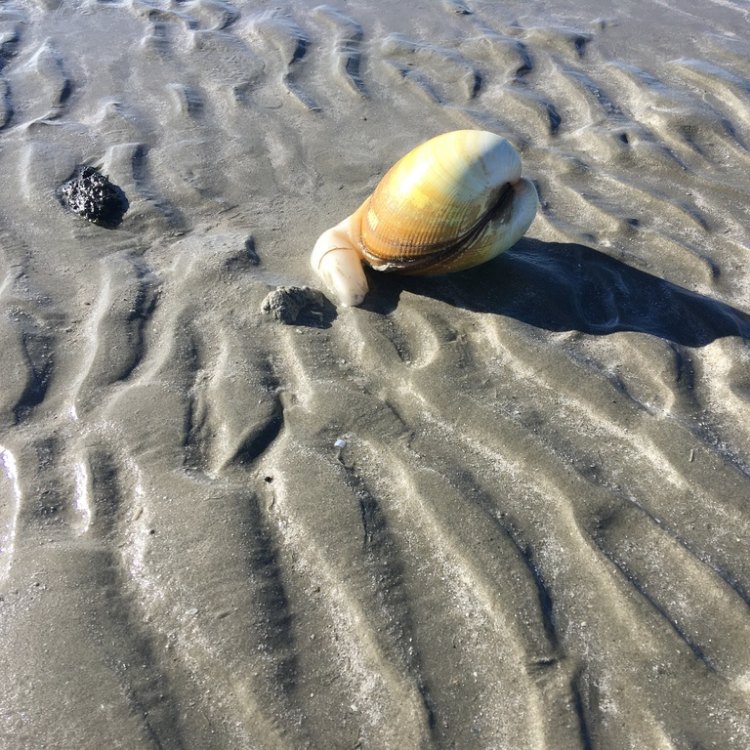
The Fascinating World of Cockles: Unveiling the Mystery Behind this Common Bivalve
Disclaimer: The content provided is for informational purposes only. We cannot guarantee the accuracy of the information on this page 100%. All information provided here may change without prior notice.


